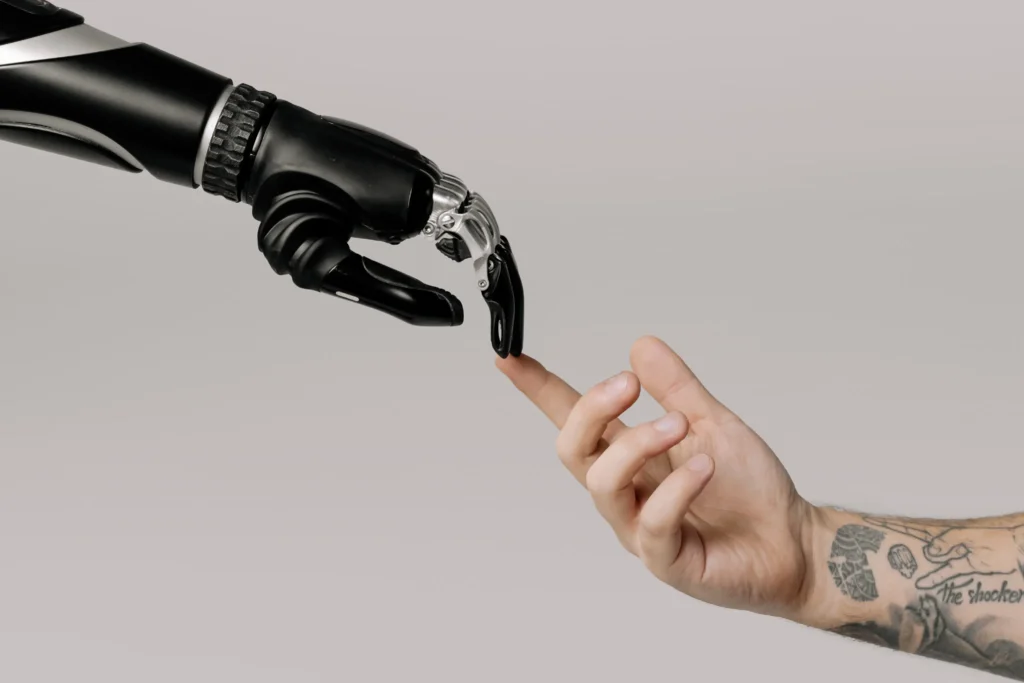|
Getting your Trinity Audio player ready...
|

We observed that the value of sound and camera increased considerably for products utilised by those learning, working and creating at home. Based on consumer feedback, people of any age became concerned about their cameras and audio quality. We even had to put stickers on the laptops where they were initially because some users had yet to use them before. As a company, we would like our equipment to be appropriate for their needs, regardless of whether it’s a low-end product or a premium one.
There was also a significant shift in how we met customers’ needs. I have told my colleagues that we don’t compete with solely other PC makers when it comes to the level we set for our standards for customer service. Our competition comes from other innovators in different segments. Companies founded via the Internet have gotten rid of a lot of the friction in transactions that could slow down operations and have made them more efficient during the process of “acceleration”; therefore, their customers have the exact expectations of every company. Lenovo stands ahead in the curve due thanks to its ethos of a customer-centric culture.
Some of the most notable ways that, globally, Lenovo teams have delighted customers during these massive changes (and quarantine) included our service delivery team in Argentina creating and providing support for trucks during the Covid-19 shutdowns and going door-to-door to ensure that repairs were completed for our customers without having them leave their homes. When we were in India, many purchased PCs were delivered to homes in times of stress on supply chains to allow families to stay productive. I enjoyed hearing the stories about teams around the globe who went over and above to adopt the CX culture, even during a pandemic.
AI is already in use in CX. What other improvements can we anticipate with AI that generative AI applications like Chat-GPT/GPT-4, as well as the other ones that are soon?
In the last few months, AI capabilities have increased, and it’s nearly impossible to know the limits. We anticipate the coming years to be important in the development of AI technology. With the increasing popularity and commercialization of technology like ChatGPT (and others), our world will be more efficient in various ways.
We’ve witnessed AI moving away from categorizing words, such as sentiment analysis and long-time model training, to creating generative, empathy-based, and endless verifiable content creation.
Regarding improving the user experience, one of the things that can be anticipated to alter is the speed of content creation, validation, and release. Information obtained will benefit all parties by enhancing the speed at which big data is read and aiding people in understanding critical issues and assessing the quality of products and services.
It concerns how Lenovo, a world-class technology leader, will continue accelerating the digital transformation towards an entirely new AI model. These areas are increasingly demanding operating environments where Lenovo already has a solid base. Ultimately, this will result in a greater demand for computing capacity, creating the opportunity to grow Lenovo’s business.
What are Lenovo’s most specific AI applications, tools and methods in the CX field? CX?
Lenovo continuously improves customer satisfaction using analysis, Artificial Intelligence (AI) and Machine Learning (ML). Through the consolidation of global survey responses, surveys over time (nearly 11M in 3+ years) and online product reviews (66Mplus) in a single lake of data which allows us to run thorough analytics across these areas and make use of AI/ML to discover the most important factors that influence satisfaction that would otherwise be ignored.
Internally we’re utilizing AI to analyze customer sentiment and areas for improvements and risk reduction, as well as to enhance procedures and policies. For example, Lenovo’s voice of customers listener tool runs on an Artificial Linguistic Processing (NLP) machine that processes millions of forums, reviews, blogs and other social media platforms. We use an AI spam filter to recognize only the most significant themes in real-time, thereby providing functional teams with an early warning of any issues affecting a user’s entire experience so that they can take action.
We should consider the different needs of all our clients and partners, recognize their preferences, and determine the most effective way to provide what they want. It’s no secret that young people were birthed online, and they are eager to interact with the Internet.
Additionally, we have a CX team that uses regression analysis and ML to forecast how the OSAT impacts (higher/lower) any new topics based on changes in a particular area or simultaneously, which helps teams decide the actions they should take and when to take them. We’re also experimenting with developing a Risk Analytics module using AI/ML algorithms to alert the sales personnel when a retention plan is needed.
At present, the chatbots we use are based on AI and have a direct connection to customers. We are currently experimenting with different technologies and tools (ChatGPT, Bard, etc.) to determine what method (or combinations of models) best suits our business and our partners best. Our CX team is still in the “sandbox” phase. It has started exploring critical use cases in support, e-services, and e-comm, building contact points to evaluate the integrity/reliability of results and risks, and identifying partnerships to help accelerate solution delivery.
What are the different sectors and verticals using AI differingly in CX?
AI models can be described as shiny objects, but they’re only an exact fit for some. It’s all about what data is available and the kind of problem you want to tackle. Search engines have the most potential in the marketplace today because, over time, the volume of information accessible is in a different proportion to the capacity of humans to consume it and the quality of the information provided. We are seeing investments from various sectors in AI improving intelligent assistants’ communications channels, self-service assistance, sales generation and retention of customers.
In terms of CX and staying ahead of the competitors, the best way to do it is to compare yourself against others so that you’ll be able to improve your performance through monitoring your CX indicators and implementing technologies that improve the overall experience, and not just on an approach from someone else.
In the future, will the focus be placed on digitally connected customers in CX because everything is now online?
It’s more complex. It is crucial to consider the different needs of our customers and partners, consider their preferences and find the most effective way to provide what they are seeking. The younger generations are indeed birthed online and eager to interact with digital platforms, e.g., social media. Still, we also recognize an increasing need for physical connections and exchanges between the generations.
What needs to be addressed about communication with customers is the need to let customers select what they would like to communicate regardless of whether they decide not to. Customers are keen to know what’s important to them, so we must provide them with manageable current information.
Any company can comprehend the preferences and needs of their customers through listening. Today, you can hear your customers’ comments in many different ways. One of the most effective ways to get this done includes extensive analyses of data, surveys for customers, chatbot logs, email exchanges, telephone conversations and research projects, and forums for customer consultation and face-to-face interactions.
As a business, You must always ask yourself: what are your customers posting via social media? In product forums? On chat rooms, WhatsApp or emails?’ technology to help support CX is continuously developing and evolving. ChatGPT is a good illustration!
What are you doing to explore the use of AI-generated content on your devices?
You can be sure that Lenovo will make use of this technology to improve its intelligent devices as well as other products that are in development. We’re also looking into using AI-generated content in our products and business.
For instance: We could improve and modify generative model algorithms in Lenovo Smart devices to create customised content.
We can also use AI-generated content for product marketing and to increase awareness.
We’re also working on a new method of combining knowledge and data called hybrid learning. This will help enhance large-scale AI models.
In addition, we’ll have to tackle the issue of the adaptation of large-scale AI models to the new environment,
Domains and tasks. This is referred to as adaptive learning. We are currently exploring and creating solutions.
Source:- https://www.dqindia.com/impossible-to-determine-the-limits-of-ai/#respond



